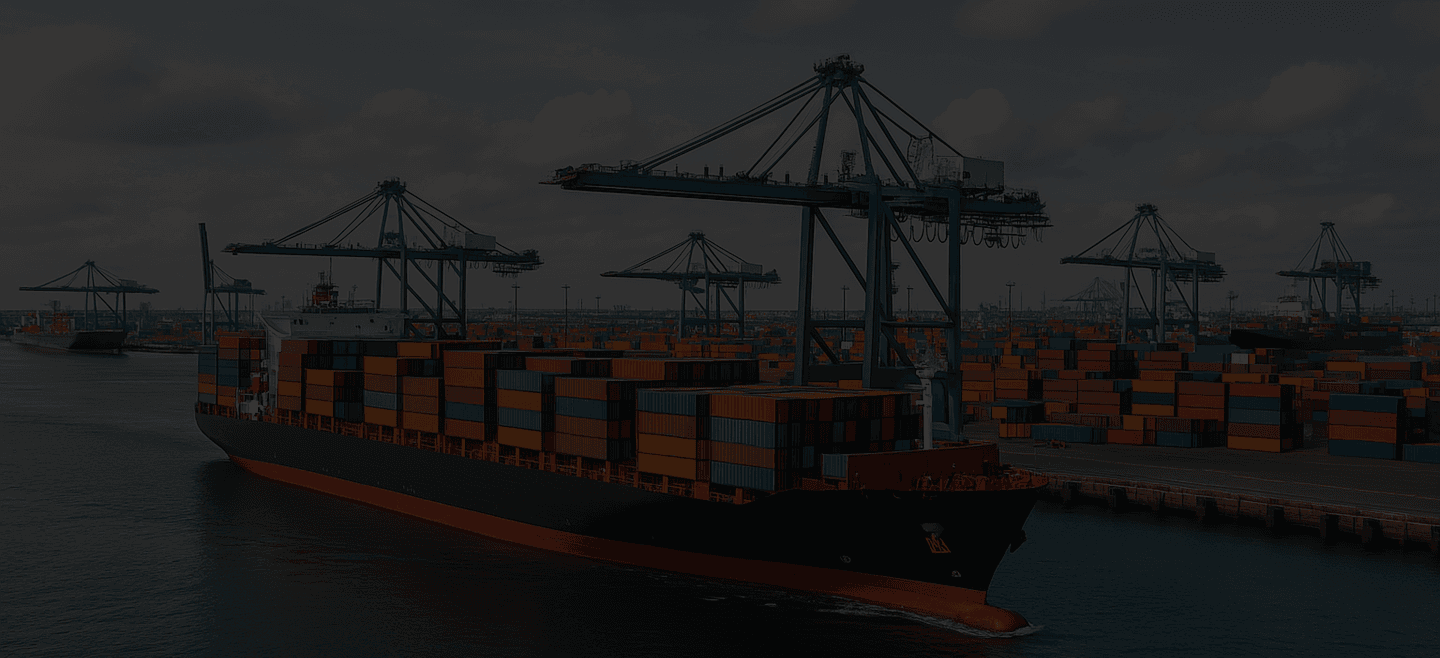
Navigating Today’s Shipping Realities: 2025 Industry Overview



The global logistics landscape has rarely been this turbulent. Geopolitical conflicts, climate‑driven constraints, shifting trade rules, and labour challenges are converging to disrupt routes, schedules, and freight prices across every mode of transport. Below you’ll find a concise, actionable briefing designed to help importers and exporters protect margins, maintain reliability, and keep supply chains moving.
Key Global Disruptions Shaping Supply Chains
Geopolitical Instability & Conflicts
- The continuing Red Sea security crisis forces vessels around the Cape of Good Hope, adding 10–15 days and substantial fuel cost to Asia–Europe loops.
- The war in Ukraine keeps alternative rail and road corridors under pressure and heightens insurance premiums on Black Sea routings.
Climate Change & Extreme Weather
- Panama Canal drought restrictions have eased but remain highly sensitive to rainfall; unexpected tightening can quickly shrink available daily transits.
- Increasing frequency of storms, floods and heatwaves is interrupting port operations from Southeast Asia to the US Gulf, reducing berthing reliability.
Evolving Trade Policies & Tariffs
- New and retaliatory tariffs between the US, EU, and China are reshaping sourcing patterns—non‑China origins now account for roughly 20 % more volume than last year, straining equipment pools in emerging hubs.
- Carbon‑border adjustments and sustainability regulations are adding compliance costs that ripple through rate structures.
Labour Actions & Port Congestion
- Although a strike at major US East‑Coast terminals was averted, localised industrial action in Europe and Latin America is still triggering container backlogs and yard density issues.
- Ongoing congestion in hub ports such as Singapore, Rotterdam, and Los Angeles lengthens dwell times and raises the risk of rolled bookings.
Operational Impacts on Global Shipping
- Container availability: Equipment shortages flare in deficit regions as assets migrate to higher‑demand or better‑paying lanes.
- Port congestion: Increased waiting times and higher demurrage / detention bills squeeze cash flow.
- Schedule unreliability: First‑mile and last‑mile commitments become harder to guarantee, inflating inventory buffers and working‑capital requirements.
Freight‑Rate Trends by Mode
Ocean Freight – Volatile but Slowly Easing
- Post‑Lunar New Year slack capacity pushed spot levels down, yet the Red Sea detour keeps Asia–Europe well above long‑term averages.
- Deployment of new 24 k TEU megaships and fresh alliance rotations should add downward pressure once geopolitical routes normalise.
Air Freight – Capacity Pinch, E‑Commerce Pull
- Robust cross‑border e‑commerce keeps belly‑hold space tight.
- Sea‑to‑air conversions caused by Red Sea delays are soaking up charter capacity and propping up rates on key intra‑Asia and Asia–EU corridors.
Land Freight – Cost Inflation Ahead
- Rising diesel and insurance premiums, plus carrier general rate increases (GRIs), point to higher trucking costs through 2025.
- Intermodal rail faces uncertainty from tariff reforms and the need for longer‑term sustainability upgrades.
2025 Outlook & Risk Scenarios
- Persistent volatility is the base case—rate swings will continue to track political flare‑ups and extreme‑weather headlines.
- A rapid de‑escalation in the Red Sea would unlock vessel capacity and cool ocean prices, yet even a partial closure of a major canal or port strike could erase those gains overnight.
- Shifts toward nearshoring in Mexico, Türkiye, and Eastern Europe will accelerate, but infrastructure growing pains may introduce new bottlenecks.
Actionable Strategies for Importers & Exporters
| Strategy | Practical Steps | Business Benefit |
|---|---|---|
| Diversify sourcing & supplier base | Qualify backup vendors in at least two separate regions for key SKUs. | Mitigates single‑origin risk, balances currency & tariff exposure. |
| Nearshoring / regionalisation | Move final assembly or packaging closer to end markets. | Shorter lead times, lower inventory buffers, reduced carbon footprint. |
| Flexible logistics planning | Negotiate variable capacity clauses; maintain dual carrier contracts per lane. | Faster rerouting, stronger leverage during peak surges. |
| Leverage technology & data | Integrate real‑time visibility tools, predictive ETAs, and analytics dashboards. | Proactive disruption alerts, data‑driven mode & route decisions. |
| Build strong forwarder partnerships | Engage digital forwarders with direct carrier contracts and 24/7 support desks. | Access to expertise, consolidated buying power, smoother customs clearance. |
How iContainers Supports Resilient Logistics
- Instant multimodal quotes
Compare ocean, air, and land options from vetted carriers in seconds—all on one dashboard.
2. 24/7 tracking & analytics
End‑to‑end milestone visibility, dynamic ETAs, and exception alerts keep surprises to a minimum.
3. Expert guidance on demand
Our dedicated team of shipping specialists monitors geopolitical, weather, and market data daily and can recommend contingency routings or mode switches when conditions change.
Conclusion: Building Supply‑Chain Resilience in Volatile Times
Disruptions are the new normal, but they need not derail your growth plans. By diversifying suppliers, embedding flexibility, and harnessing real‑time data, businesses can absorb shocks and even uncover competitive advantages. iContainers is committed to giving you the tools, rates, and expertise required to navigate 2025’s unpredictable waters with confidence.
Plan smarter, ship faster—get your next quote on iContainers today.
- 1. Key Global Disruptions Shaping Supply ChainsGeopolitical Instability & ConflictsClimate Change & Extreme WeatherEvolving Trade Policies & TariffsLabour Actions & Port Congestion
- 2. Operational Impacts on Global Shipping
- 3. Freight‑Rate Trends by ModeOcean Freight – Volatile but Slowly EasingAir Freight – Capacity Pinch, E‑Commerce PullLand Freight – Cost Inflation Ahead
- 4. 2025 Outlook & Risk Scenarios
- 5. Actionable Strategies for Importers & Exporters
- 6. How iContainers Supports Resilient Logistics
- 7. Conclusion: Building Supply‑Chain Resilience in Volatile Times
Related Articles


